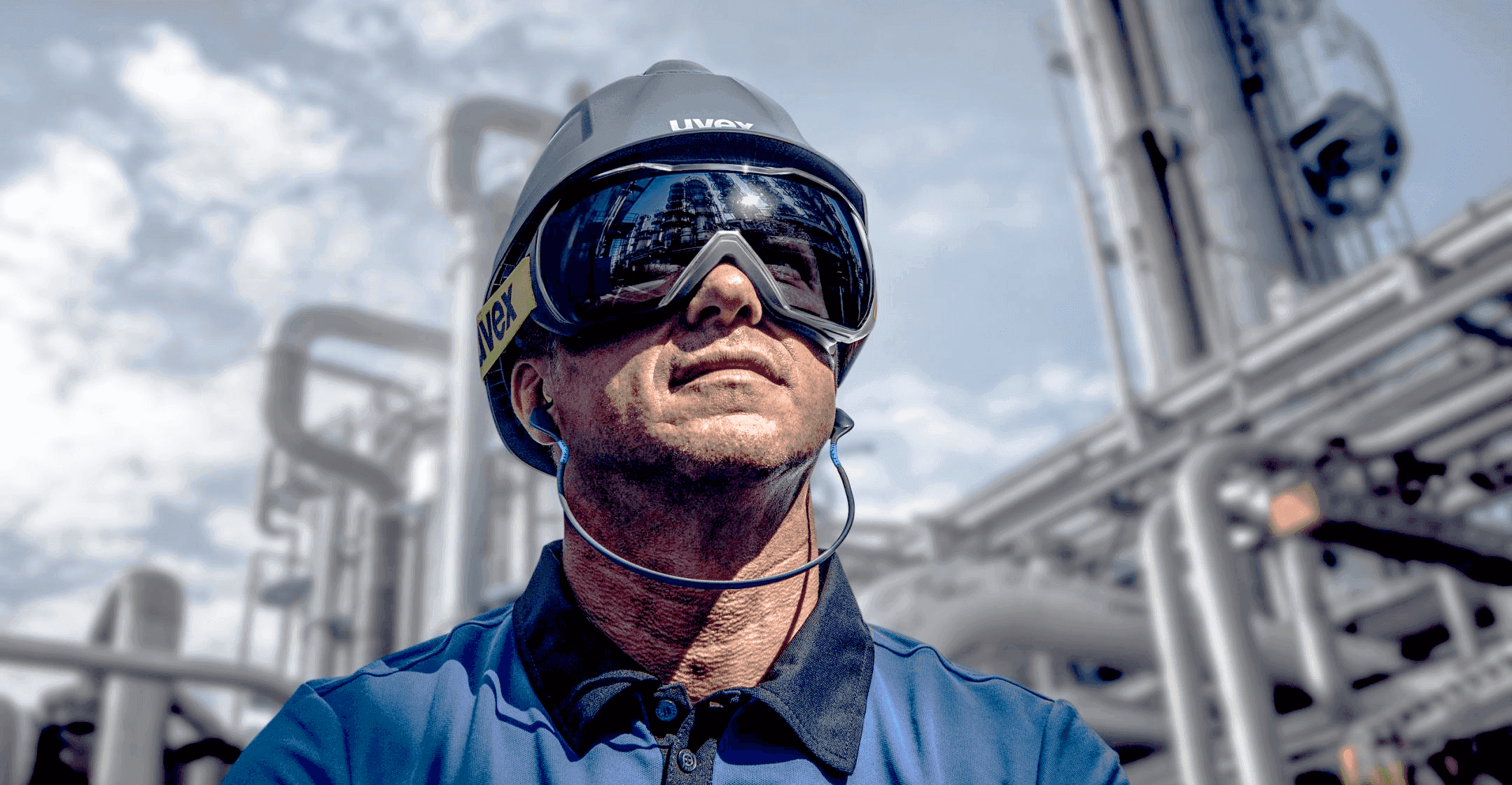High temperatures in the summer time affect workers in their daily labour. Radiation from the sun, especially working outdoors, increases the risk of heatstroke and can decrease levels of concentration, which can lead to a surge of work accidents.
It's important to note the differences in individual's physiological capacity to cope with the heat, in this including the circumstances of the work. Personal factors like age, weight, hydration levels or the consumption of alcoholic beverages can reduce tolerance to the heat.
In this blog we explore some special features in PPE and workwear that facilitate working during the summer.
:quality(60)/1f8f22d9-b715-495a-8156-62cf561d84d8/6518a0b9-1ab6-4e36-95c4-8016ee93ab2f.jpg)
Workwear for summer
Workwear is a basic day-to-day necessity that hugely influences in terms of thermic comfort.
It is recommended to use breathable and light fabrics like cotton or certain synthetic fabrics. This will facilitate transpiration and will avoid moisture build-up.
Loose-fitting fabrics will facilitate mobility and help the user to adjust to thermic conditions by not clinging to the body.
Using light colours can aid by reflecting the ultraviolet radiation from the sun, minimising heat. Dark-coloured clothes absorb sunlight more easily, also warming them up more.
Clothing with specified ultraviolet protection (SPF) provides a certified and official guarantee of skin protection against the sun, in a similar way to sun protection creams.
If workwear doesn't protect against any risk and it is used as a work uniform then it cannot be considered Personal Protective Equipment (PPE).
:quality(60)/1f8f22d9-b715-495a-8156-62cf561d84d8/7965a9ec-b674-4c8c-abd8-367a8a0cb5cf.jpg)
Protection for the head and neck
Using a safety helmet not only protects against impacts but also avoids the radiation from direct sunlight to the head, neck and face, decreasing the chance of heatstroke.
Another option is wearing bump caps or common sun-hats and caps.
There are also different types of protections for the neck, for example, hoods and neck covers which shield the area. These can be easily attached to a helmet by the sides and the back and can be fabricated using light materials such as polyester.
:quality(60)/1f8f22d9-b715-495a-8156-62cf561d84d8/7edc390a-8027-49cc-9fc0-c8fae358ea4d.jpg)
Protective eyewear
Safety glasses or goggles for work must be certified to effectively protect against excessive solar radiation and its associated pathologies.
Additionally, being able to see well does affect the comfortability of the user, avoiding excessive fatigue or strain of the eyes and thus also decreasing work accident risks.
Depending on the type of work and the environment in which the work is carried out one type of protection will be more appropriate than another.
:quality(60)/1f8f22d9-b715-495a-8156-62cf561d84d8/6b5598e9-289d-4e27-8634-6e8626788b5c.jpg)
Footwear for summer
Footwear for summer must facilitate transpiration.
It is essential to minimise the build up of sweat and heat in the feet to avoid a multitude of infections. Fungal infections and abrasions are the most common issues.
There is a variety of work-appropriate footwear for summer with features facilitating ventilation of the feet and circulation of air in that area.
The materials used must be transpirable, fresh and light.
:quality(60)/1f8f22d9-b715-495a-8156-62cf561d84d8/291c3c80-e860-410b-8567-f7216e0225bf.jpg)
Remember that when working in the summer the basics to follow are to avoid peak hours of sunlight as well as the consumption of alcohol.
Workers must reduce the amount of intense physical labour and exposure to direct sun light, preferably working in the shade.
Workers must constantly keep hydrated too, apply sun protection cream on the skin and take necessary breaks.
It is important to consider an individuals’ personal circumstances, including their own physical condition or other possible medical records.
Safeguru | Delivering a Safer Future
